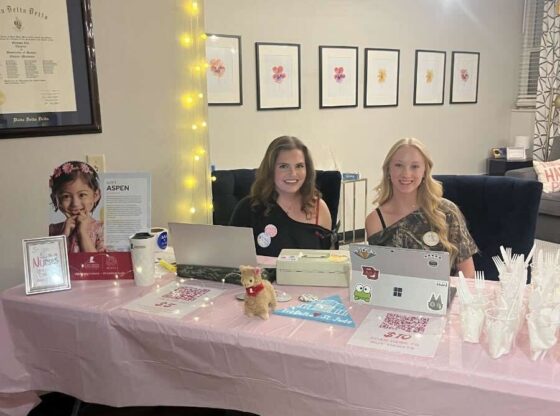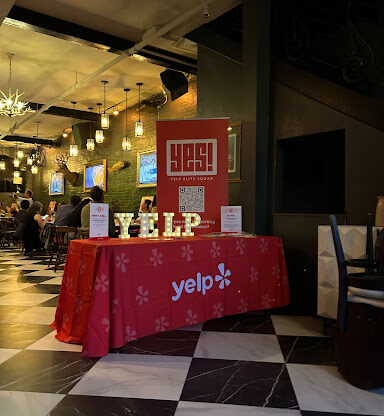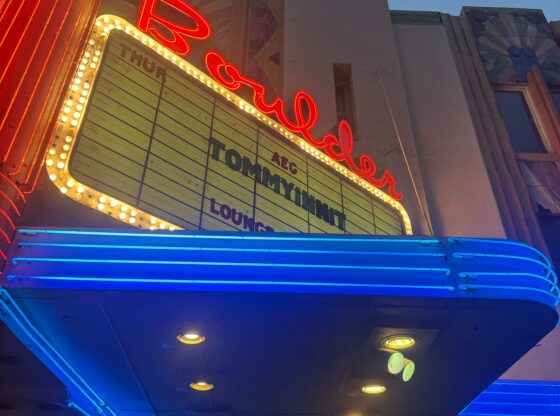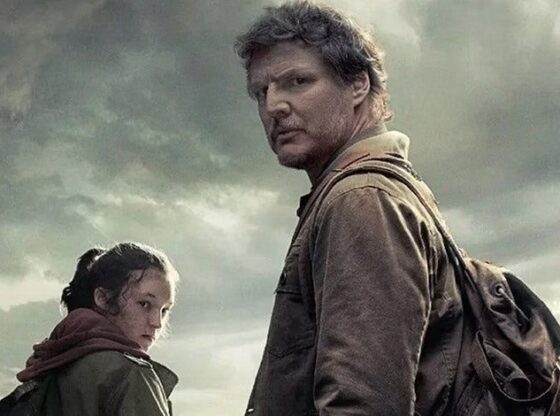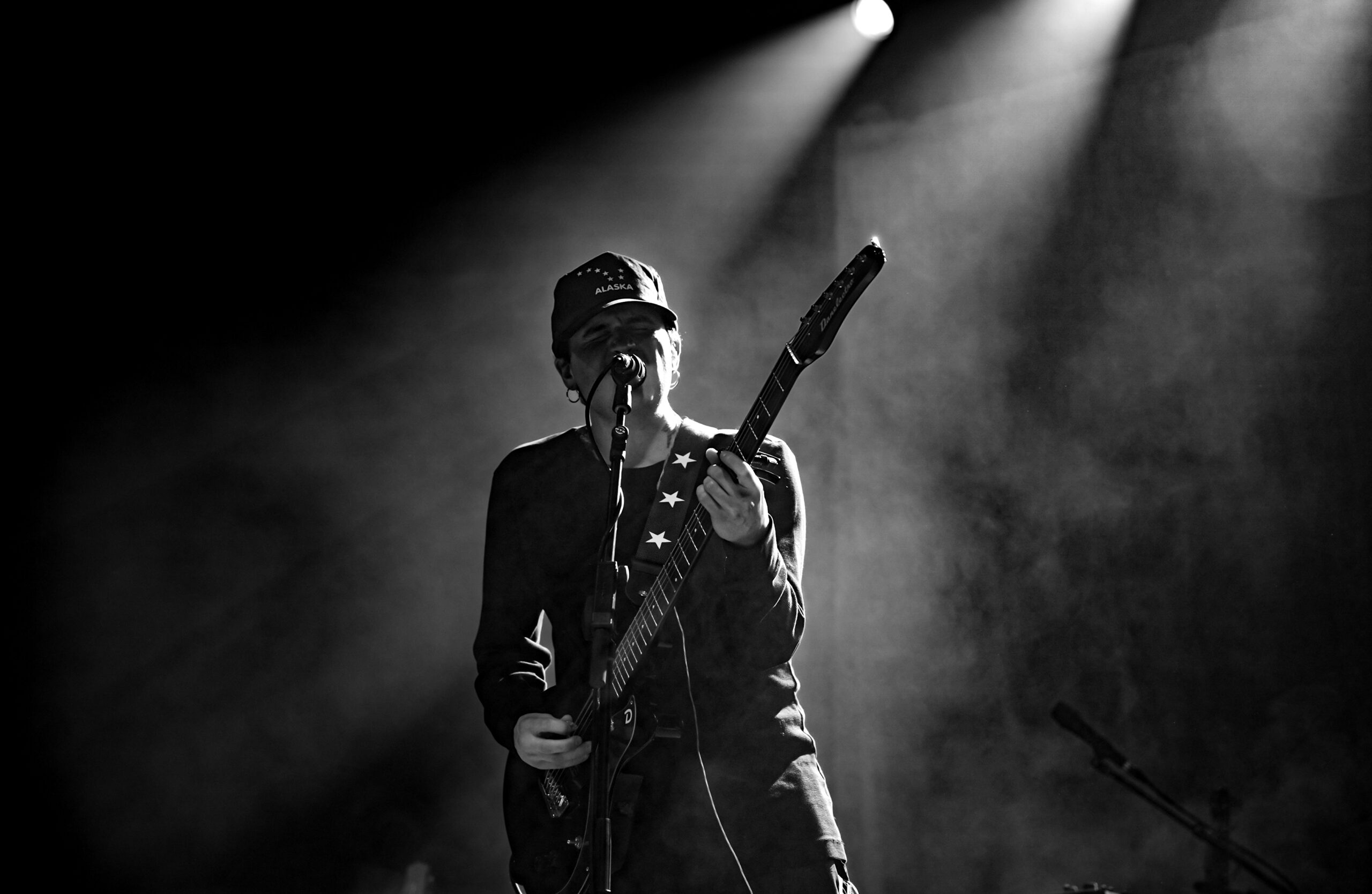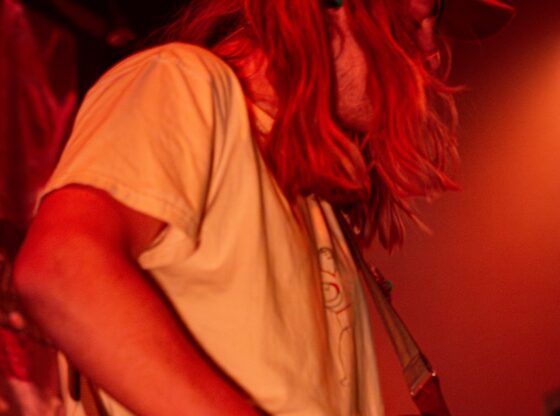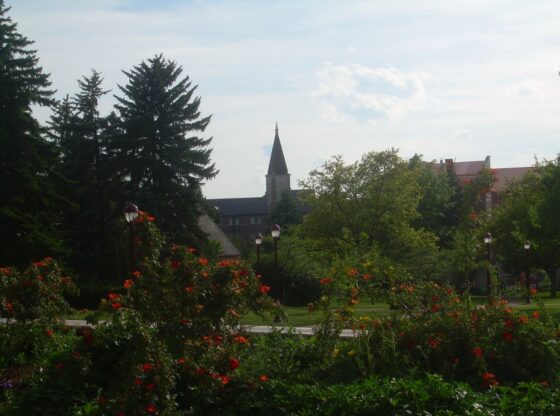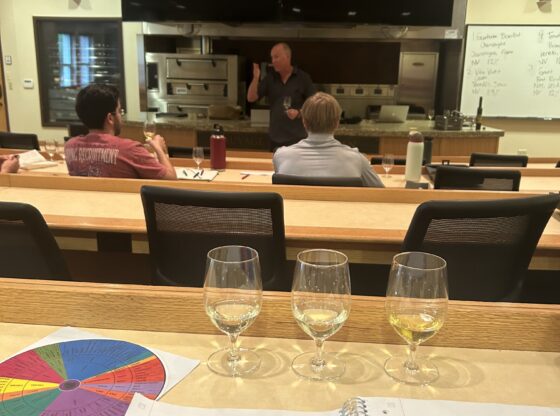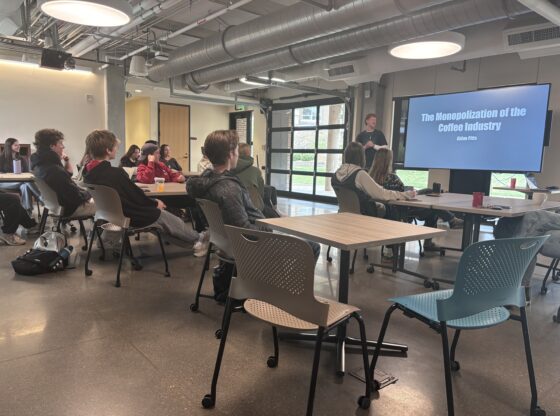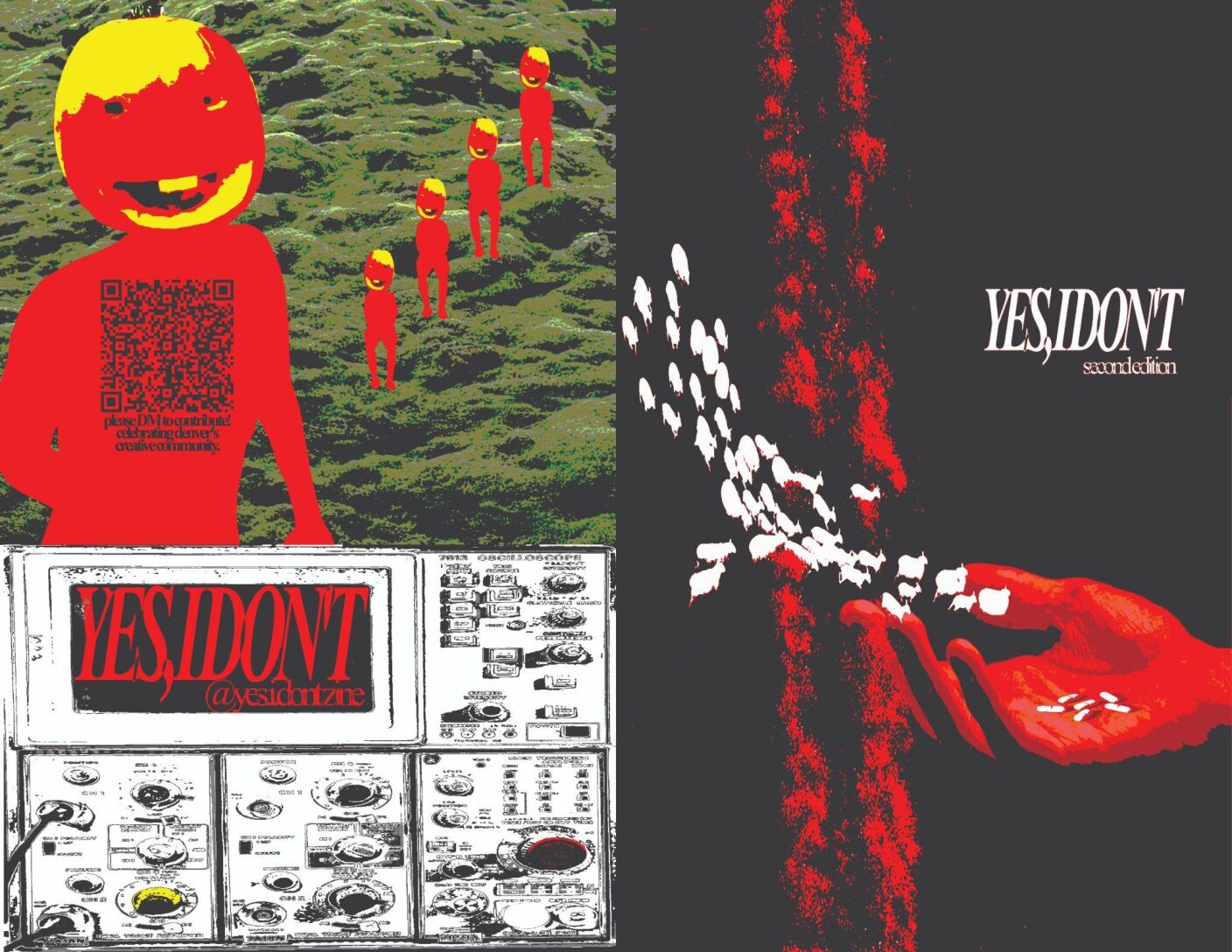The world is no longer a stranger to crossover media platforms: social media now blends with streaming services, live music is accompanied by live art and photo galleries host classical music events. But has anyone ever heard of a crossover, live journalism show? Though still in its first 11-year infancy, Pop-Up Magazine is starting to dominate the storytelling industry, complete with art, music, theatre, photography, custom instrument building, animation and film—all in one night.
It’s hard to explain what exactly Pop-Up Magazine is. The group’s website describes themselves simply as a “live magazine,” a production of stories about any and every topic coming together visually on one night. With fall, winter and spring tours, Pop-Up Magazine is a traveling show that boasts contributors like “New York Times” bestselling authors, podcast stars, award-winning filmmakers, internationally-acclaimed artists and fresh new talent that no one has heard of yet.
At Denver’s Ogden Theatre, the multifaceted contributors took the stage on Feb. 18, delivering stories of flying saucers, teenage angst, a Black church in South Carolina and police brutality. Amongst the backdrop of a live score from Grammy-winning band Devotcha and intermittent graphics from “The New Yorker” cartoonist Liana Finck, Pop-Up Magazine stopped on their winter tour to give Denver a taste of what they are all about.
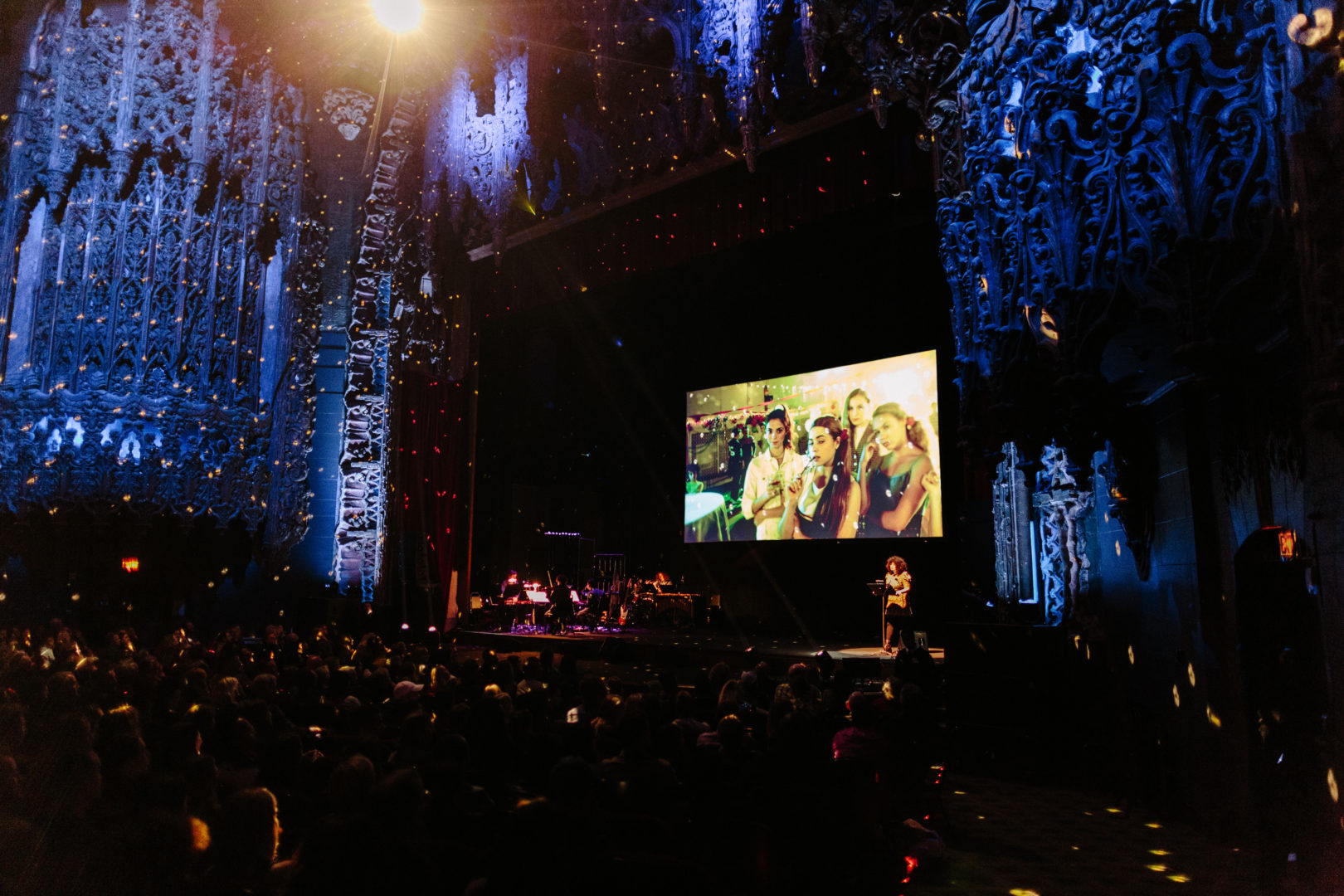
In an interview with Anna Martin, one of the hosts and story producers for Pop-Up’s winter tour, the seasoned storyteller provided some insight on the magazine’s main founder, Doug McGray, and the vision of the organization in general.
“He [McGray] found it really odd that his writer friends didn’t know his radio producer friends and they weren’t having conversations even though they were working on similar types of exciting, surprising feature stories,” voiced Martin. “He wanted to find a way to foster collaboration between different types of media and different types of storytellers. So he and his friends came up with the idea of a live magazine that would feature journalists working across all different mediums… and they’d come together and they’d tell those stories live on stage.”
In Denver, the vision came to fruition through stories from “Broad City” actress Catherine Cohen, musician Jinho “The Piper” Ferreira, filmmaker Cecelia Aldarondo, Jon-Sesrie Goff of the Smithsonian Museum of African American Art and Culture and countless other contributors. The Denver show even featured instrument builder Bart Hopkin; he constructed an instrument on stage that eventually was played by Devotchka, all while audiences heard a live story from visual artist Esther Pearl Watson.
“We’re really excited about that because we’ve never done that sort of mashup between theatricality and musicality before,” said Martin about the piece.
But here’s the catch—forget YouTube. If you missed the show, you have to buy a ticket for the next one. As part of Pop-Up’s mission statement, nothing from the show is ever posted online (except for the occasional, pre-approved photographs) to create a whimsical, pre-smartphone night free of technology.
“When they [McGray and others] first founded it [Pop-Up], they were really excited by this idea of the ephemerality of a night of theatre and how special that was to be in the audience to experience it—that’s something we’ve maintained from the beginning,” stated Martin. “You won’t find a live recording of Pop-Up, and that’s because we really do like creating this energy in a room, sort of a one-night-only, you have to be here to see it. I think that that’s super special, and I think that that’s pretty rare right now in the media landscape.”
This fleeting beauty of Pop-Up only preserves the intrigue of the magazine’s shows. You have to be there to see it, and this word-of-mouth publicity is what the organization thrives on—and generates great success from.
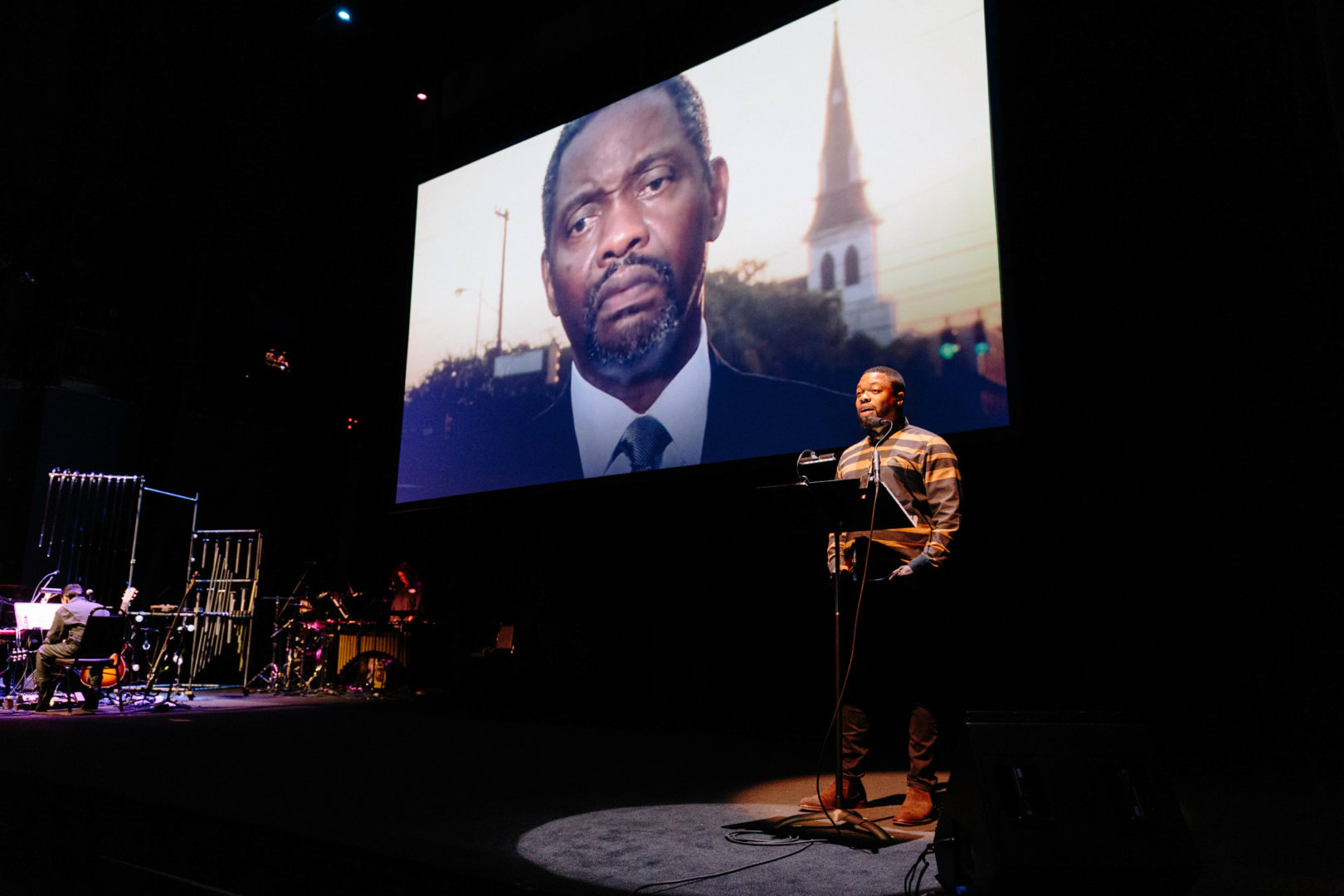
Pop-Up also hosts mini shows called pop-up ‘zines. The website describes these events, stating, “Pop-Up Zine is a DIY opportunity for fans of Pop-Up Magazine—or of creative collaborations in general—to create their own unique versions of our ‘live-magazine’ experience in their local communities.” The necessary components include a live-narrated photo essay and reported, a print-style story, a short documentary film, an onstage interview, a live-narrated radio story and an optional one or two songs from a local musician or band.
Denver hosted its own ‘zine on Sept. 13 of last year, and Martin anticipates more to come in the future.
“That’s [Pop-Up Zine ]something that I’m really excited about because Pop-Up shows are really high production value and they happen in these thousand-seat theaters,” said Martin. “It’s really exciting, but I’m really pumped that we’re creating opportunities for folks to do their own pop-ups with these hyper-local stories that they really care about and with contributors that are a part of their community.”
There’s no telling what Pop-Up may do next. They’ve crafted fully-themed shows, they run their own sister print publication, The California Sunday Magazine, and they’ve hosted an event in a San Francisco restaurant in which the stories correspond to the foods the audience was eating. In an organization with so much creativity, dedication to good stories, and fearlessness in production and theatricality, we can expect to hear much more from them soon.
Want to see a show soon? Check out Pop-Up Magazine’s website to see where they’ll be headed next and be sure to keep a look-out for their next Denver appearance. You never know, they could pop up anywhere.


